Current Projects
Last Modified: October 1, 2015
Sustainable Hydropower
Model-Guided Conservation Planning for the White Sturgeon in the Middle Snake River
We are using our white sturgeon PVA model, an individual-based populatin genetic model to help Idaho Power Company's Aquatic ecologists to compare the genetic and demographic risks and benefits of two alternatives:
operating a conservation hatchery and 'repatriating' juveniles after capturing them as larvae and rearing in a hatchery. Water quality in Brownlee Reservoir poses a significant challenge for white sturgeon.
Nate Sutton created a web-based demonstration of risk-benefit analysis with interactive graphics:
Shiny app.
Trade-offs are illustrated by hovering over points:
Compare hatchery quotas
Trade-off curve
Efficient solutions shared by Bliss and Brownlee
Population Viability Analysis of Snake River Fall Chinook Salmon
Idaho Power Company is supporting the development of a metapopulation PVA model for Snake River Fall Chinook Salmon. Using this model, we are quantifying the long-term extinction risk for this threatened species with the existing spatial structure. In addition, we have using the model to examine circumstances under which the ESU would benefit from adding a new population. Recent years of high spawner returns have allowed us to better define the spawner-recruitment relationship for this ESU, which has been incorporated into the metapopulation PVA. We have modeled the influence of juvenile life history diversity (individuals following a "reservoir-type" life history by overwintering in reservoirs). Alex Perkins developed a temperature-driven model of juvenile growth and development to identify decision thresholds and predict what proportion of juveniles will exit as sub-yearlings and what proportion will residualize. Jim Chandler and Phil Groves (IPC) have provided information needed to model Snake River fall Chinook and many years of experience with this population.
Back to topSustainable Bioenergy
Forecasting Water Quality and Biodiversity
Our research team includes Latha Baskaran, Dr. Gangsheng Wang, and Jasmine Kreig. Our sustainability research for the DOE Biomass Energy Technology Office addresses large-scale regional questions sketched out below.
Can growing bioenergy in the Mississippi River Basin help to reduce the hypoxic zone in the Gulf of Mexico?
In collaboration with Argonne, our research focuses on major river basins draining to the Gulf of Mexico. ORNL implemented the watershed model, SWAT, and added stover harvest and dedicated bioenergy crops, including switchgrass, poplar, miscanthus, & energy sorghum. Overview of ORNL Sustainability Research | Fact sheet | National 2015 Bioenergy Day webinars
- Arkansas-White-Red river basin: We demonstrated a net decrease in median loadings for nutrients and sediment for the Arkansas-White-Red river basin (box-whisker figure below), with increases in some subbasins and decreases in others. Decreases tended to occur in areas converted to switchgrass (maps left). Results appeared in Global Change Biology: Bioenergy in 2015.
- Tennessee river basin: We implemented, calibrated, and validated the SWAT modelfor the Tennessee River Basin, including many reservoirs. Preliminary results for this river basin are also promising (maps right)
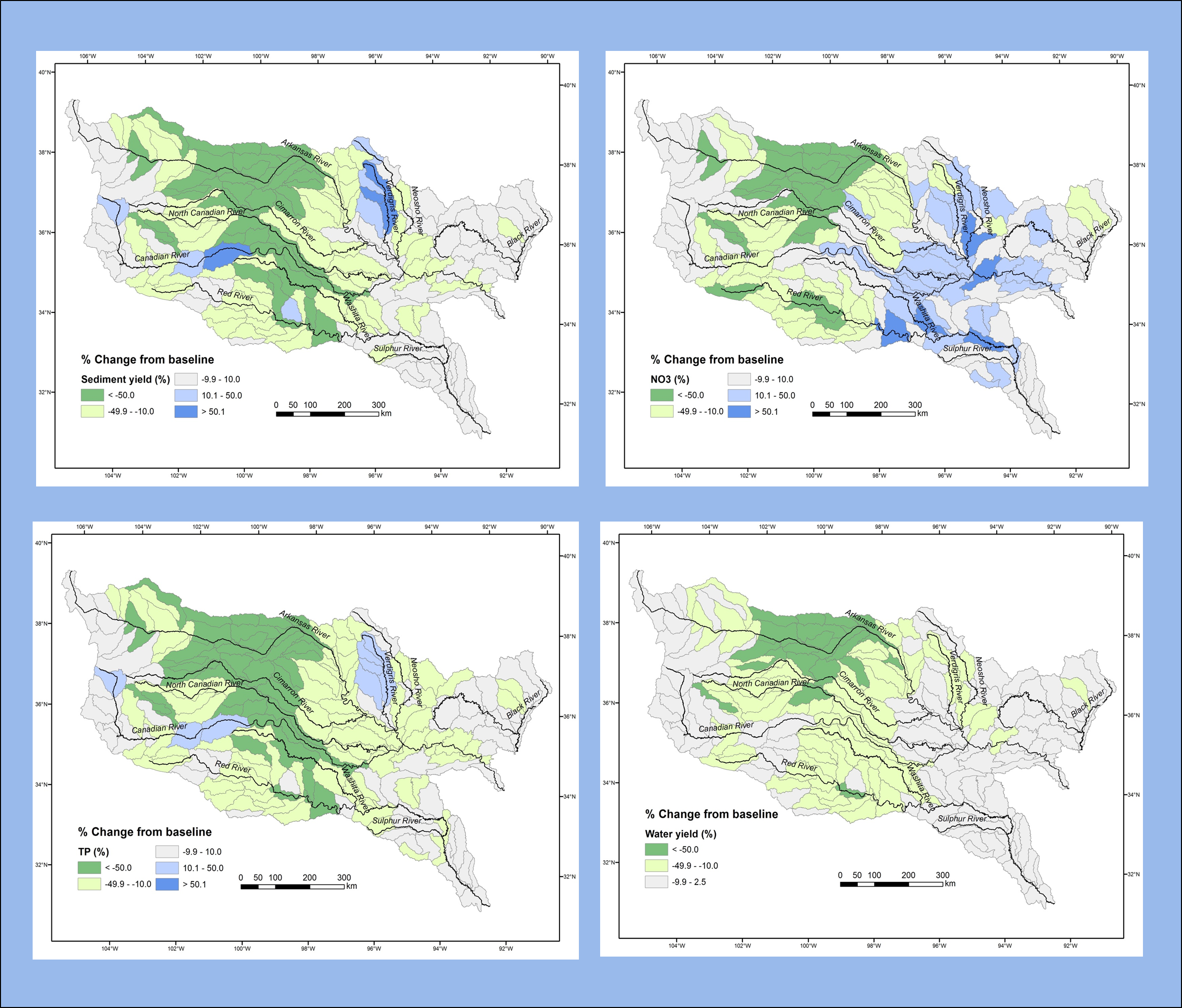
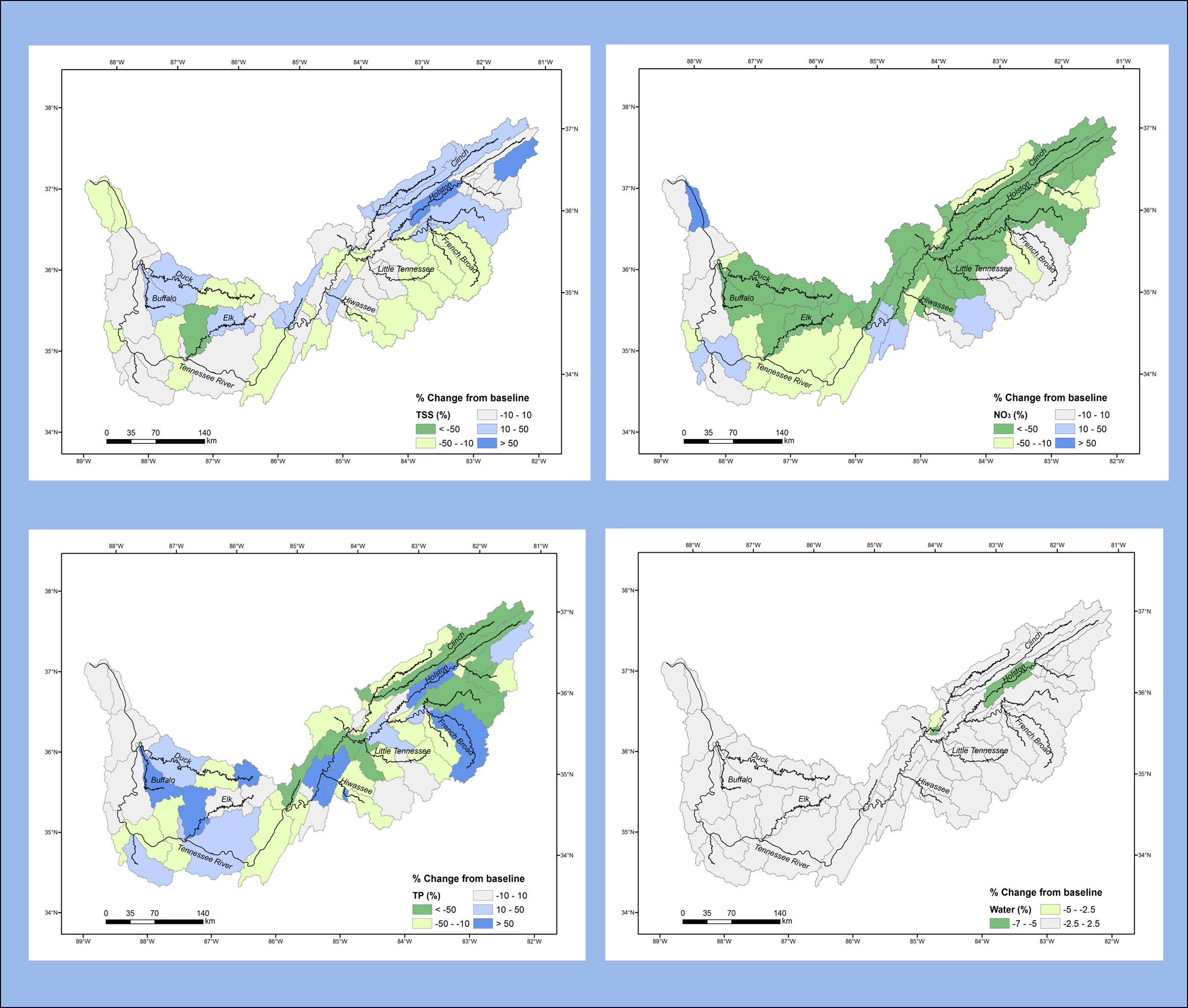
How can we arrange bioenergy crops and management practices to improve water quality and biodiversity?
For the Billion Ton 2016 Sustainability Chapter, we are evaluating the complementarities and trade-offs among sustainability indicators. We have developed an Monte Carlo approach to simulating many alternative spatial designs for bioenergy landscapes. A visualization tool is being developed by Dr. Mike Hilliard to allow stakeholders to set water quality targets and evaluate the set of solutions meeting user-specified sustainability criteria:
Bioenergy and Biodiversity: Landscape designs that benefit fish and wildlife
To understand bioenergy influences on aquatic biodiversity, we developed empirical models to describe geographic variation in fish biodiversity in relation to water quantity and quality, landuse, and other factors.
Our biodiversity modeling uses Natural Heritage data assembled by NatureServe. Latha Baskaran is using SWAT results to project future changes in aquatic invertebrates
associated with adding switchgrass to the landscapes of the Tennessee River basin.
Wildlife, including birds and mammals and other taxa can use perennial grasses harvested for bioenergy, if sustainable practices are used. Below, one of two fawns observed in July, 2015 was born in a switchgrass field
near Knoxville, TN. Originally, these fields were harvested to supply biomass to a DuPont plant in Vonore, TN (center). By September, the same individual has grown (right)
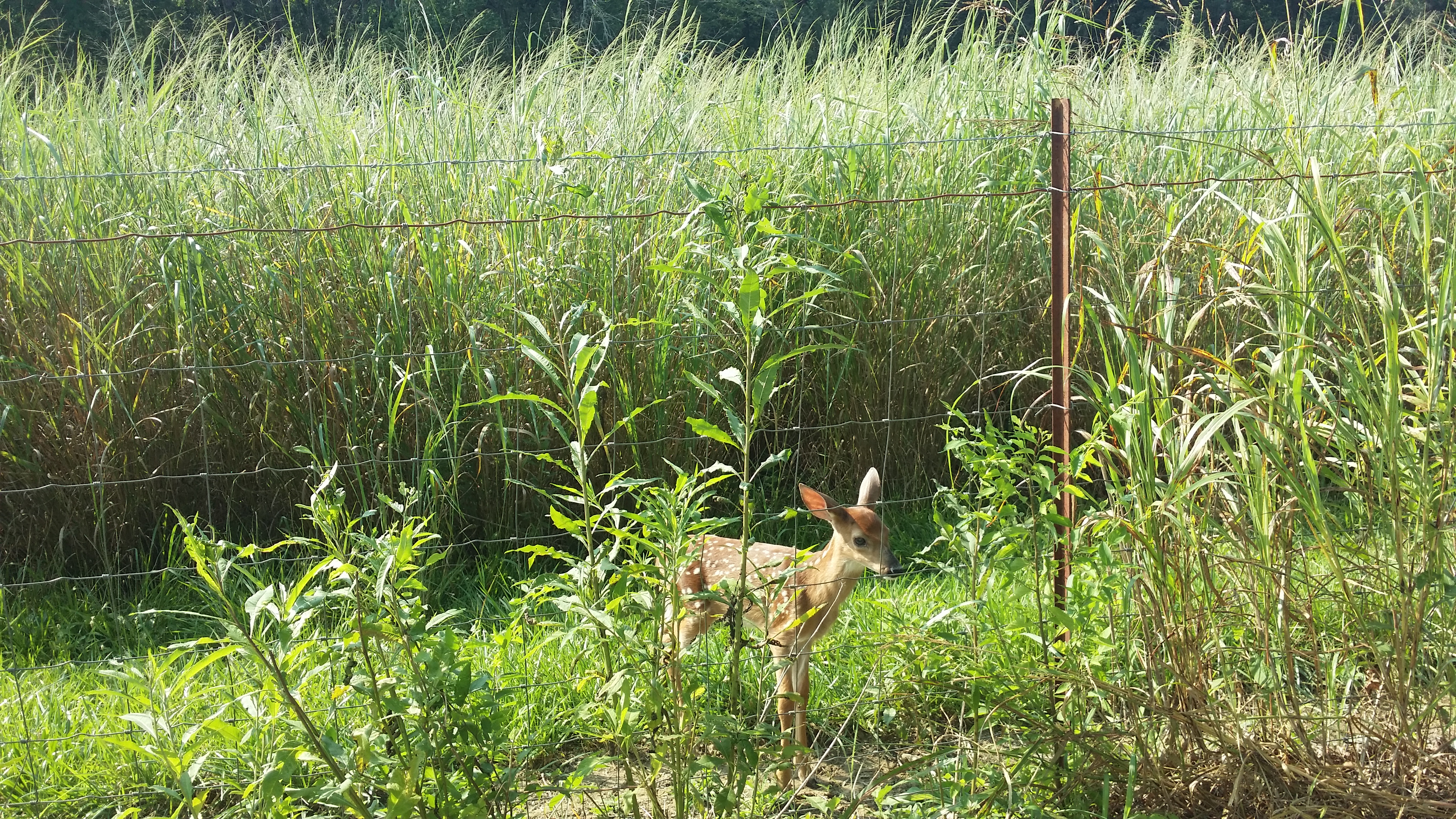
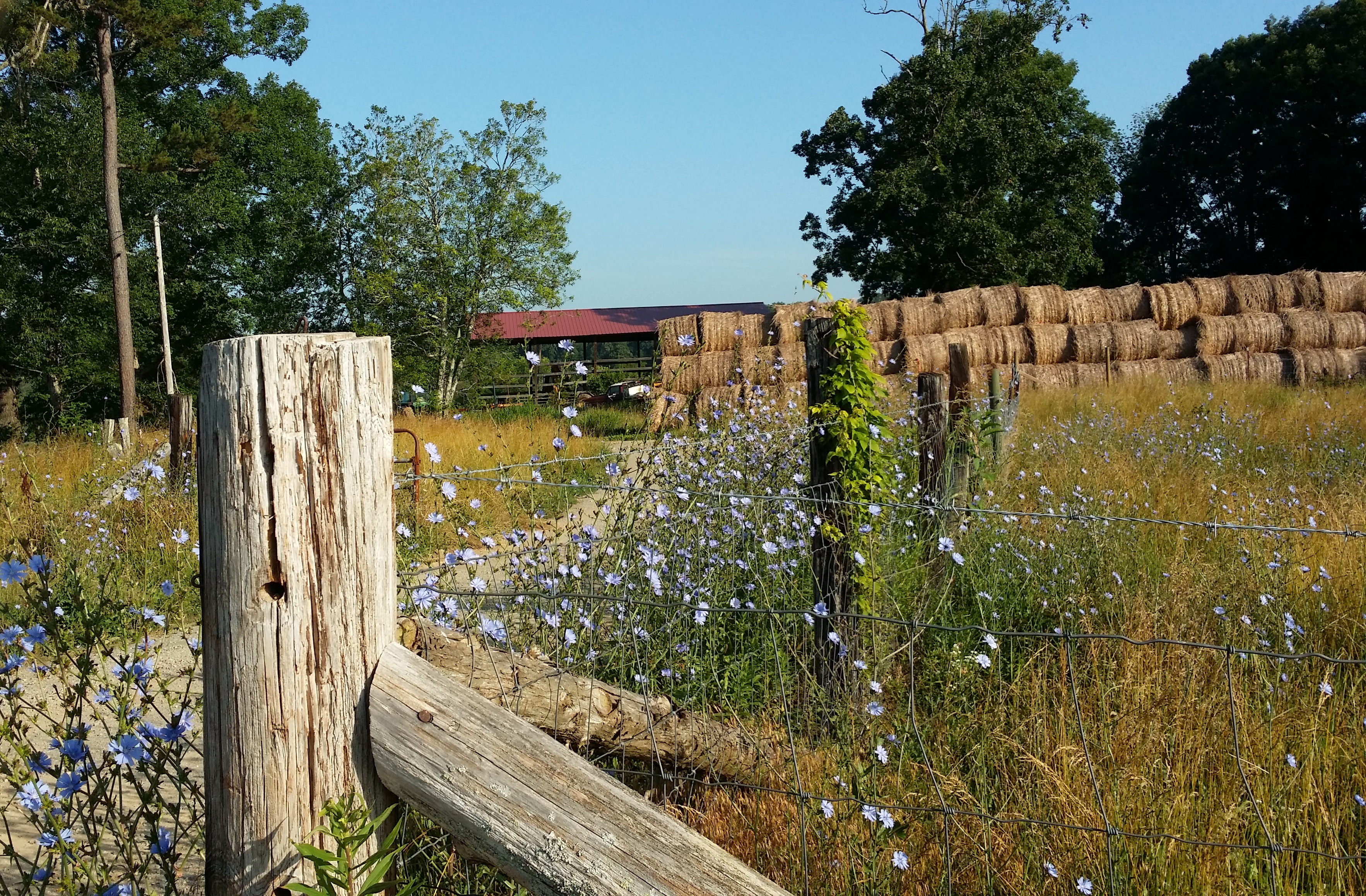
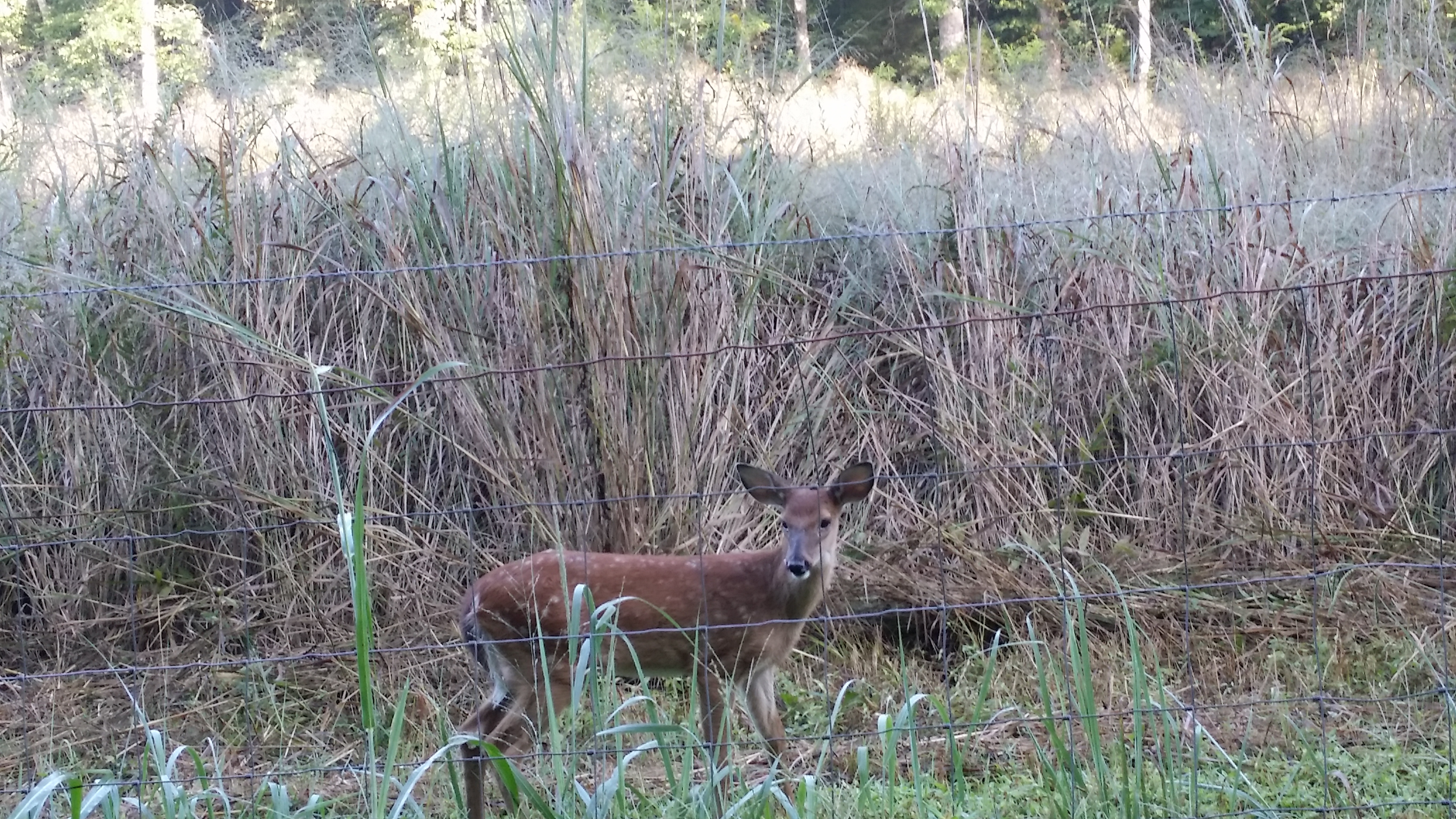
We have organized several symposia to assemble experts on how growing bioenergy can benefit wildlife.
- 2000: We organized a session at the 2010 meeting of the International Association of Landscape Ecologists in Athens entitled "Shifting Landscapes: Bioenergy and Biodiversity", which can be viewed here.
- 2012: We helped to organize a formal debate at the 2012 meeting of the Ecological Society of America in Portland to debate whether Producing bioenergy can be sustainable for habitat availability and biodiversity, and can avoid the risk of new invaders A paper describing the debate can be found here:
- 2016: We organized a follow-on Bioenergy and Biodiversity II Symposium at the IALE meeting in Asheville, NC in spring, 2016.Presentations and abstracts are here
More information about the ORNL Sustainability research is available here and the Center for BioEnergy Sustainability (CBES) is described here.
Climate Change
Environmentally Mediated Effects of Climate Change on Federal Hydropower (Secure Water Act Section 9505-2)
This sub-task conducted an assessment of indirect environmental influences mediating the effects of future climate on energy value at federal hydropower projects. We conducted a vulnerability analysis to quantify the Indirect environmental effects of climate change on risk of violating minimum flow and maximum thermal standards in tailwaters below reservoirs. This research was funded by DOE Office of Wind and Waterpower.
|
|
Home | Research Interests | Professional Activities | Current Projects | Unprofessional Activities | Publications | Student and Post-graduate Research | |